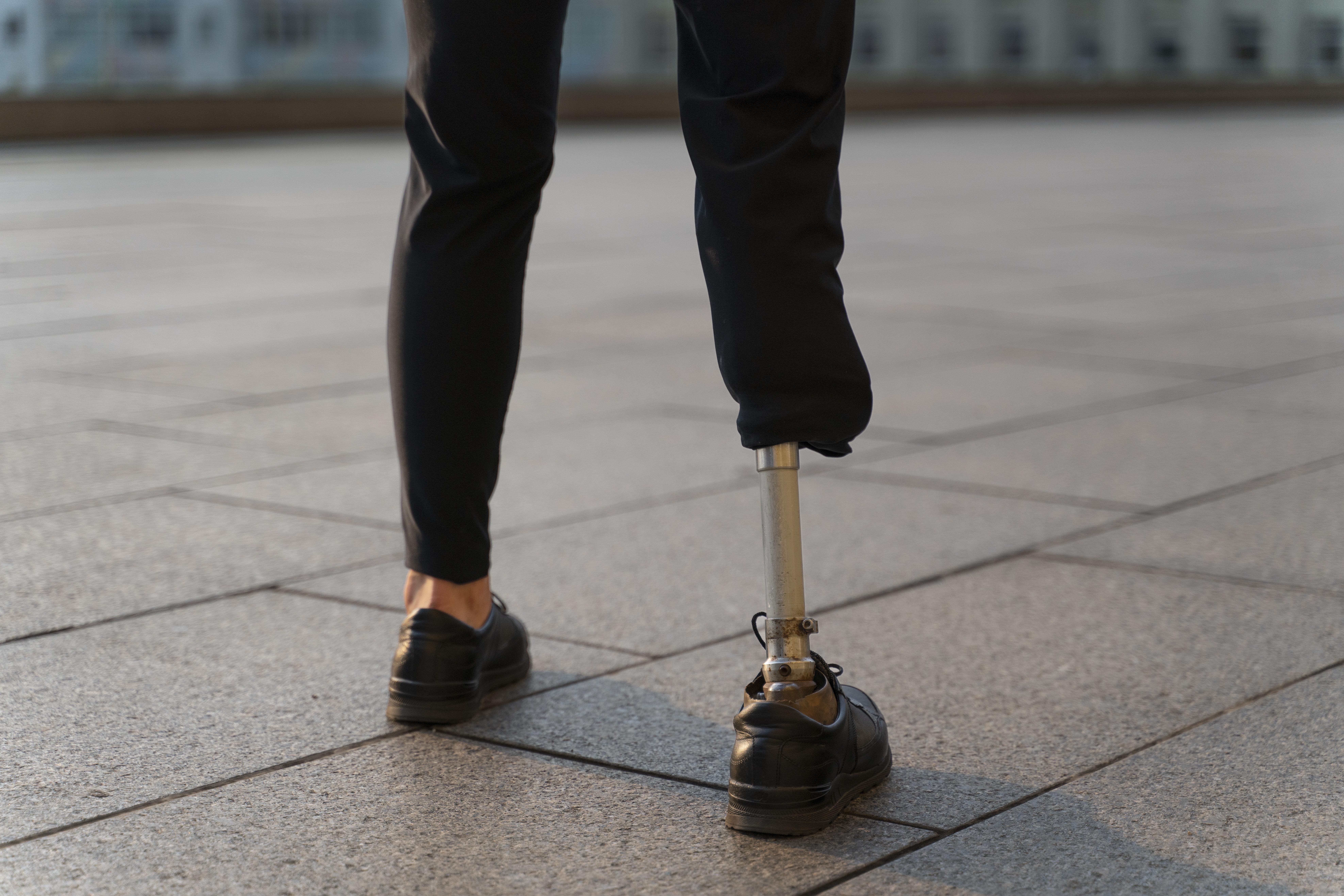
Why Delayed Wound Healing Is A Serious Threat For Those With Diabetes
August 11, 2022
Understanding Mood Swings That Are Linked To Diabetes
August 11, 2022The surgical removal of all or part of a limb or extremity is known as amputation (outer limbs). Typical amputation types include:
- Above-knee amputation, removing part of the thigh, knee, shin, foot and toes
- A below-knee amputation, removing the lower leg, foot and toes
- Arm amputation
- Hand amputation
- Finger amputation
- Foot amputation, removing part of the foot
- Toe amputation
Nerve damage and poor blood circulation are two diabetes complications. Due to these issues, skin sores (ulcers) on the feet are more likely to develop quickly.
Diabetes can occasionally result in peripheral artery disease (PAD). Your blood vessels narrow as a result of PAD, which lowers blood flow to your legs and feet. Peripheral neuropathy, also known as nerve damage, could result. You might not experience pain as a result of this.
Amputation might be required if the infection cannot be stopped or the damage is irreparable. The toes, feet, and lower legs are amputated the most frequently in diabetic patients.
What Conditions Result in Amputation?

Amputation levels will be determined by the viability of the soft tissues used to obtain bone coverage. Ulceration and ultimately amputation are typically caused by a number of important factors. These consist of:
- Neuropathy
- Circulation problems
- Foot ulcers
- Charcot’s foot
- Other damage to the foot
Amputation rates do rise with age, and diabetic foot complications and amputation in diabetes are more prevalent in the elderly. The risk does substantially increase for those over 75.
Look for any signs of foot damage, such as cuts, sores, burns, blisters, or ulcers, to check for any indications of amputation of leg. Even minor damage could be significant in people who have poor circulation or foot sensation.
Amputation Prevention Techniques For Diabetics

There are several amputation types and the best way to prevent amputations and other serious diabetes complications of all kinds is to control your blood sugar. You can achieve this in a number of ways, such as by following a healthy diet consisting of lean meats, fruits, vegetables, fibre, and whole grains, avoiding juice and soda with added sugar, among many ways to reduce stress, exercise for at least 30 minutes each day is very important.
The excellent news is that meticulous foot care and adequate diabetes management can help avoid foot ulcers and amputation of legs. In fact, the rates of lower limb amputations have decreased significantly, likely due to improved diabetes care.
You may be able to avoid problems with wounds or ulcers by taking good care of your feet. Several pointers for taking care of your feet are as follows:
- Every day, check your entire foot. Keep an eye out for swelling, discolouration, blisters, bruising, and redness.
- Look at your feet more closely by using a magnifying mirror.
- Ask someone else to check your feet if you are unable to do so yourself.
- Use a feather or other light object to check the sensation in your feet on a regular basis.
- Check frequently to see if your feet can detect cold or warm temperatures.
- Wear socks without elastic bands that are thin, clean, and dry.
- Get your feet examined by a doctor or podiatrist for early indications of nerve damage, poor circulation, or other foot issues.
Sources:
- https://www.mayoclinic.org/diseases-conditions/diabetes/in-depth/amputation-and-diabetes/art-20048262#:~:text=A%20nonhealing%20ulcer%20that%20causes,High%20blood%20sugar%20levels
- https://www.healthline.com/health/diabetes/diabetes-amputation#other-foot-problems
- https://www.ncbi.nlm.nih.gov/pmc/articles/PMC4923303/
- https://www.diabetes.co.uk/diabetes-and-amputation.html
- https://my.clevelandclinic.org/health/treatments/21599-amputation
- https://www.ncbi.nlm.nih.gov/books/NBK546594/




